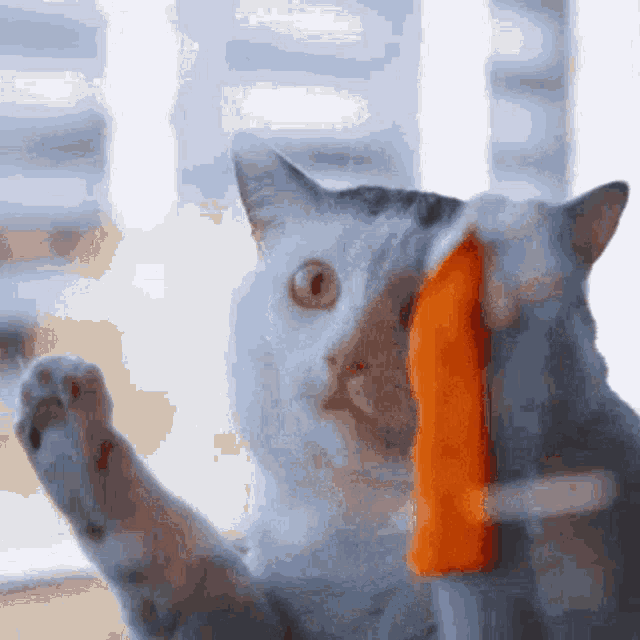
Washing Windows with W
By: Summer Rose

Rationale: This lesson will help children identify /w/, the phoneme represented by the W. Students will learn to recognize /w/ in spoken words by learning a meaningful representation (washing windows) and the letter symbol W, practice finding /w/ in words, and apply phoneme awareness with /w/ in phonetic cue reading by distinguishing rhyming words from beginning letters.
Materials:
-
Primary paper and pencil
-
Chart with “Walrus Wilson was worried about the weather”
-
Crayons
-
Glue
-
Safety scissors
-
Word cards with: win, talk, wake, wood, later, watch
-
Book: The Worrywarts (https://www.amazon.com/Worrywarts-Pamela-Duncan-Edwards/dp/0064435164)
-
Assessment worksheet: https://www.daycareworksheets.com/beginning-sounds-w-phonics-worksheet/
Procedures:
1. Say: Our written language is a secret code. The tricky part is learning what the letters stand for – the mouth moves we make as we say the words. Today we are going to work on spotting the mouth move /w/. We spell /w/ with the letter W. When we wash a window, the squeaking noise we hear over and over sounds like /w/.
2. Let’s pretend to wash our windows. I’m going to show you a hand movement and I want you to try it after me. *move your hand in a circle to imitate window washing* Now it’s your turn, lets /w/,/w/, wash our windows. Notice how your mouth is moving? When we say /w/ we round out our and stick them out, then you push some air out of your mouth and relax your lips.
3. Let me show you how to find /w/ in the word swam. I’m going to stretch swam out, say it in slow motion, and listen for the /w/ sound we hear when we wash our windows. Are you ready? Ss-ww-aa-mmm. Let’s try it a little bit slower this time: sssss-wwwwwwww-aaaa-mmmmm. There it is! I felt my mouth round out, my lips stick out, and my mouth relaxed after I pushed some air out. Window washing /w/ is in swam!
4. We are going to try a tongue tickler next! *point to chart* “Walrus Wilson was worried about the weather.” Okay everyone, say it three times together. Now say it again, but this time I want you to stretch out the /w/ at the beginning of the words: “Wwwalrus Wwwilson wwwas wwworried about the wwweather.” Good job! Let’s do it one more time, but I want you to break it off in the beginning of the word: “/w/alrus /w/ilson /w/as /w/orried about the /w/eather.”
5. Call on students to answer and tell how they knew: Do you hear /w/ in white or blue? Spring or winter? Whale or shark? Pig or Cow? Pink or Yellow? Let’s see if you can spot the mouth move /w/ in some words. Wash your window if you hear /w/: The, wonderful, willow, is, wilting, because, there, is, no, water.
6. *Pass out primary paper and pencils* “We use the letter W to spell /w/. Let’s practice writing a capital W first. Put your pencil on the rooftop and draw a diagonal line to the sidewalk, now draw a diagonal line back up to the rooftop. Let’s repeat that. Put your pencil on the rooftop where you left off, and draw a diagonal line to the sidewalk, and another diagonal line up to the rooftop.” I will model this while I am explaining it and ask them to write uppercase W five times. While they are practicing, I will walk around the room and see if anyone needs help. When they are finished, we will move to lowercase W. “Okay, now we are going to work on lowercase W. Put your pencil on the fence and draw a diagonal line to the sidewalk, now draw a diagonal line back up to the fence. Let’s repeat that. Put your pencil on the fence where you left off, and draw a diagonal line to the sidewalk, and another diagonal line up to the fence.” Again, model writing a lowercase W while explaining it. Ask the students to write lowercase W five times and walk around to see if anyone needs help. Then, when they are finished, ask the students what they notice about the two letters to encourage conversation about the letter.
7. Read the book, The Worrywarts. Booktalk: Wombat, Weasel, and Woodchuck have decided they want to go on an adventure today. They had to pack all their favorite snacks, get their gear together, and head out to enjoy their day. Before they leave, worries begin to form in their minds. What if they walk into a swamp of wasps? What if the weather worsens? What do they do then? We can read to find out.
8. Show WIN and model how to decide if it is win or bin. The W tells me to wash my window, /w/, so this word is www-in, win. Now it is your turn: TALK: talk or walk? WAKE: rake or wake? WOOD: wood or hood? LATER: water or later? WATCH: catch or watch?
9. For assessment, give the students crayons, safety scissors, glue, and the worksheet. Students will complete the worksheet by tracing, matching, and sorting pictures. While students are working on their worksheets, I will call individuals over to my desk to read phonetic cue words from step #8.
References:
Book: https://www.amazon.com/Worrywarts-Pamela-Duncan-Edwards/dp/0064435164
Assessment sheet: https://www.daycareworksheets.com/beginning-sounds-w-phonics-worksheet/
Leighann Gilbert, Vroom Vroom with V: https://leighanngilbert.wixsite.com/mysite/emergent-literacy
Cat Gif: https://tenor.com/view/cat-cleaning-window-cute-cat-gif-21796268
Click here to return to SOLUTIONS